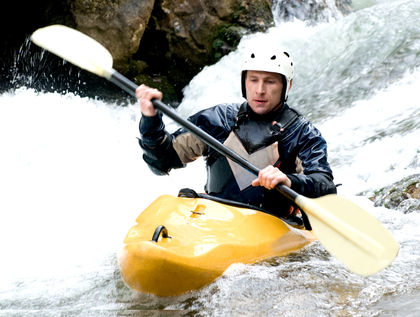BUOYANCY

Photo by: Oleg_Zabielin
The principle of buoyancy holds that the buoyant or lifting force of an object submerged in a fluid is equal to the weight of the fluid it has displaced. The concept is also known as Archimedes's principle, after the Greek mathematician, physicist, and inventor Archimedes (c. 287-212 B.C. ), who discovered it. Applications of Archimedes's principle can be seen across a wide vertical spectrum: from objects deep beneath the oceans to those floating on its surface, and from the surface to the upper limits of the stratosphere and beyond.
Also read article about Buoyancy from Wikipedia
Im a 13 year old girl at Brown COunty Middle School My class is doing a Science Fair. I am doing it on Bouyancy. I am takeing 4 or 5 boats and seeing how many pennies it takes to make it sink. if you have any info on this please contact me. My e-mail is shown above thank you very much.